|
Welcome to Barriers and Boundaries Resilience Leadership
Check out a recent episode of the podcast.
|
|
2/1/2024 The History of Valentine's Day, Saint Valentine, and Books for Developing a Resilient LoveRead NowValentine's day celebrated on February 14th is a holiday with a history that combines Christian and ancient Roman traditions named after Saint Valentine, a priest in third century Rome. The day's origins are shrouded in mystery and legend.
|
Details
Eric Bryan is a participant in the Amazon Services LLC Associates Program, an affiliate advertising program designed to provide a means for sites to earn advertising fees by advertising and linking to Amazon.com. I get commissions for purchases made through links in this post.
***As an Amazon Associate, I earn from qualifying purchases.
|
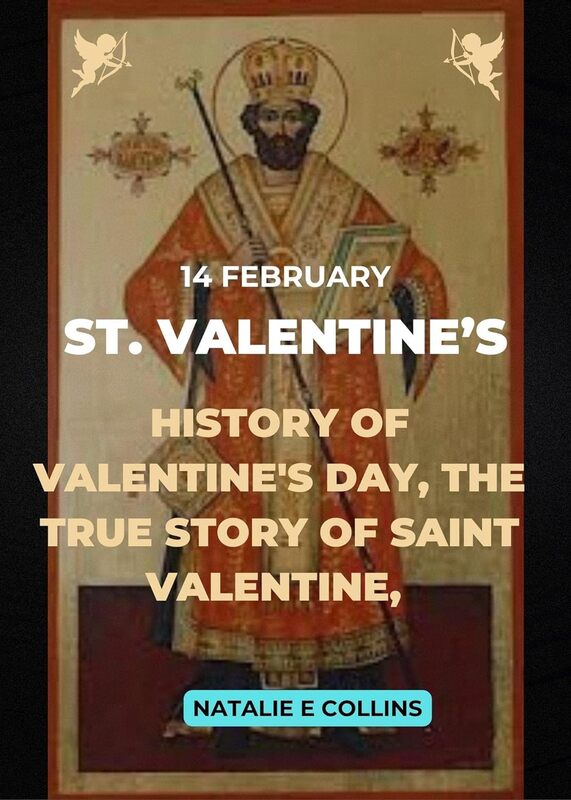

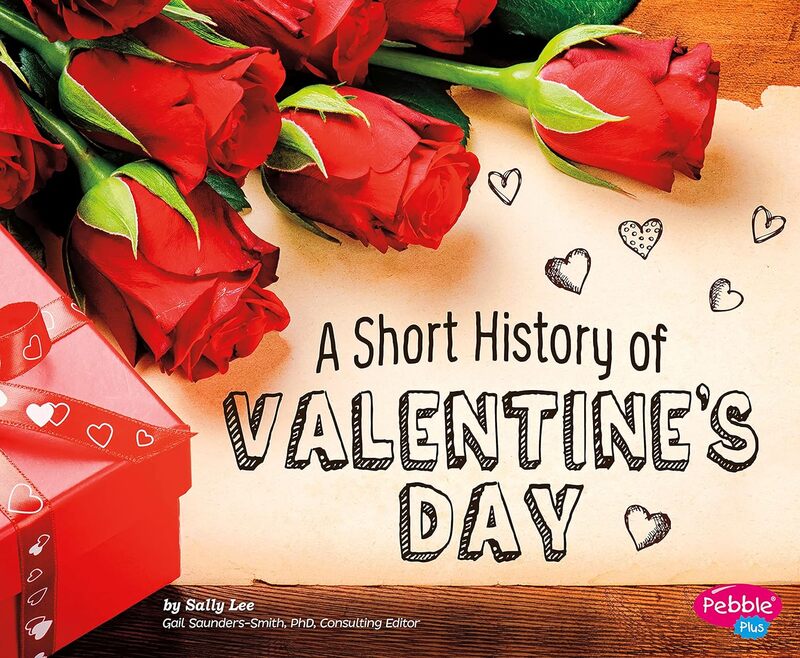
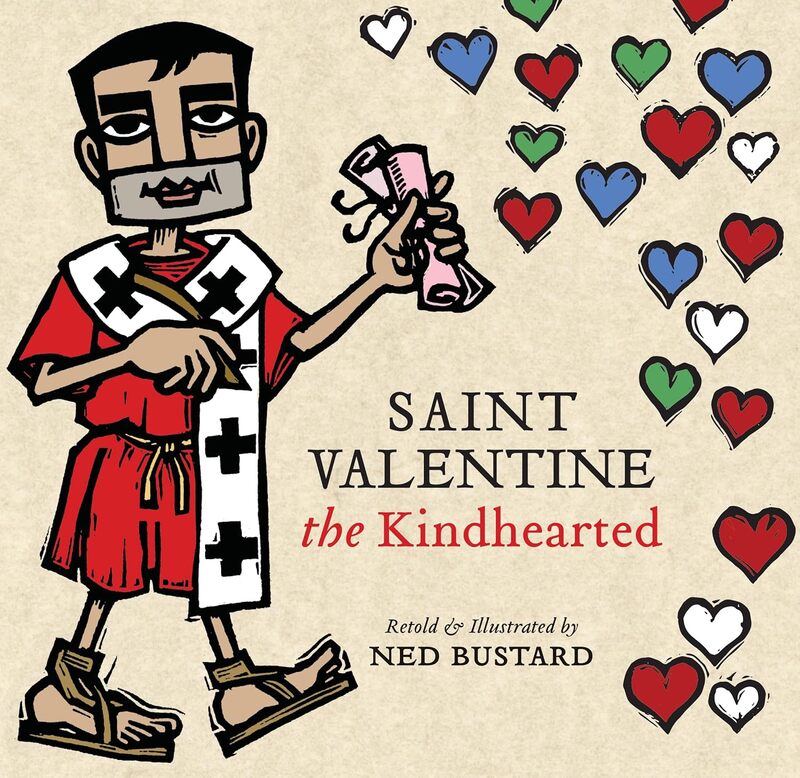

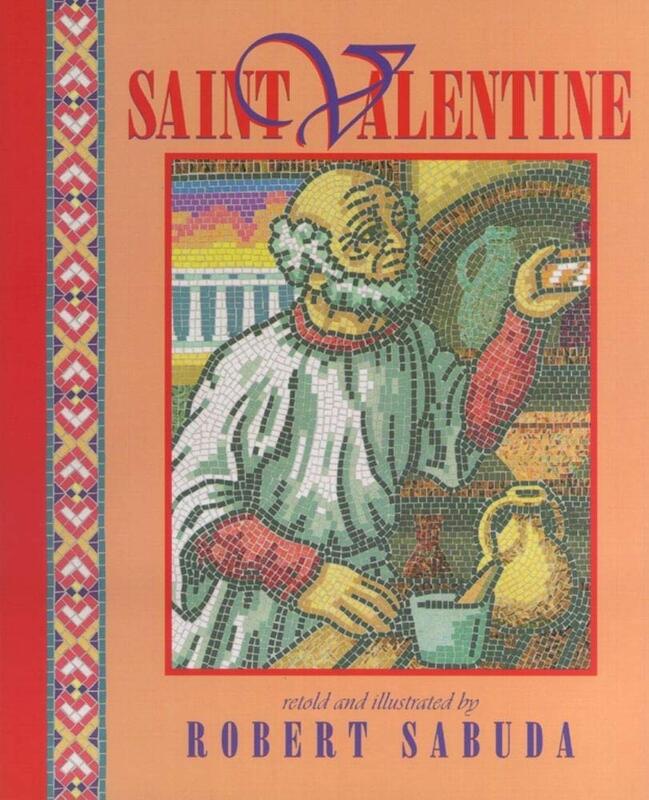
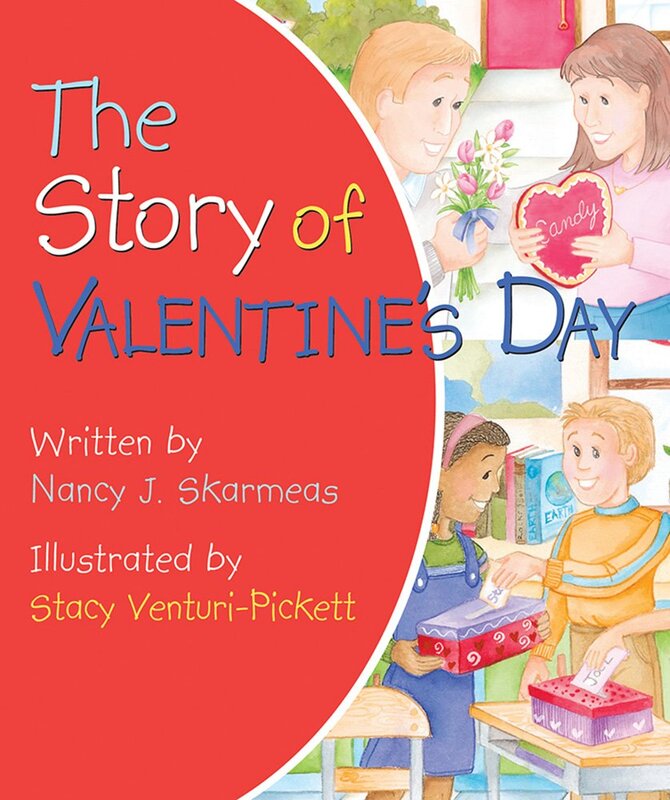

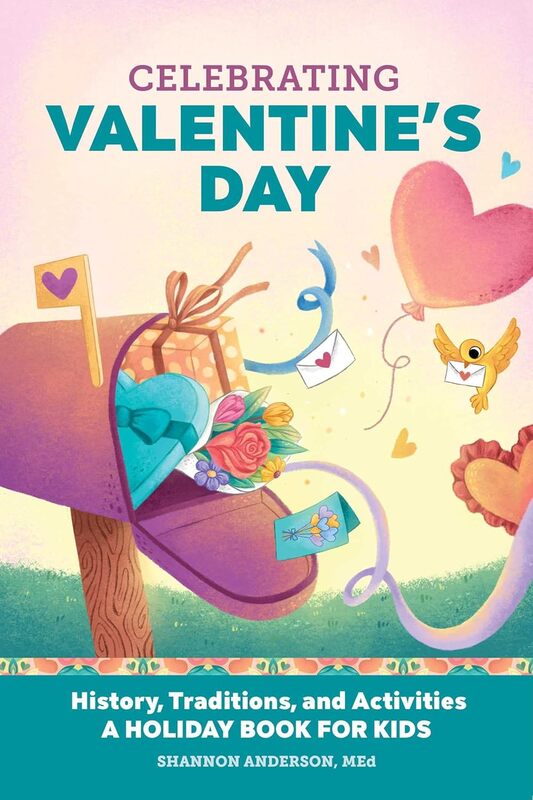






 RSS Feed
RSS Feed